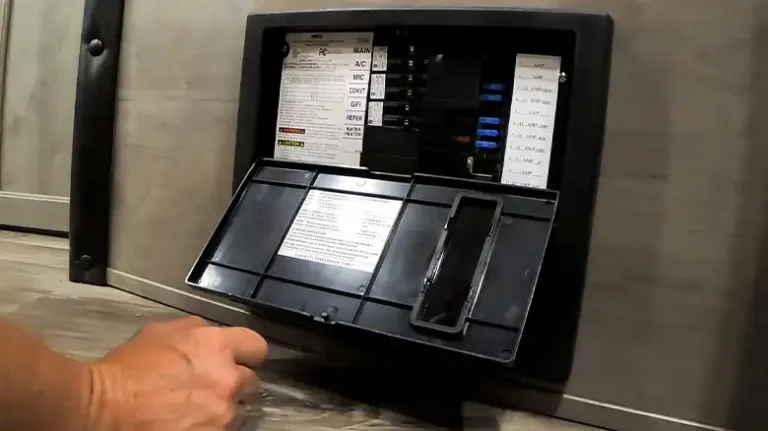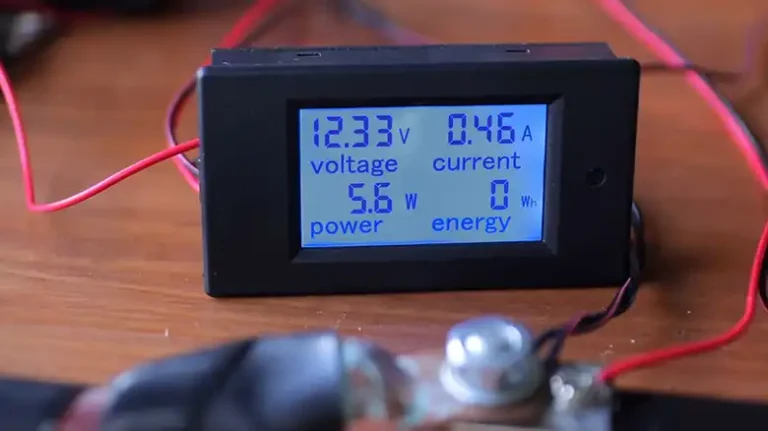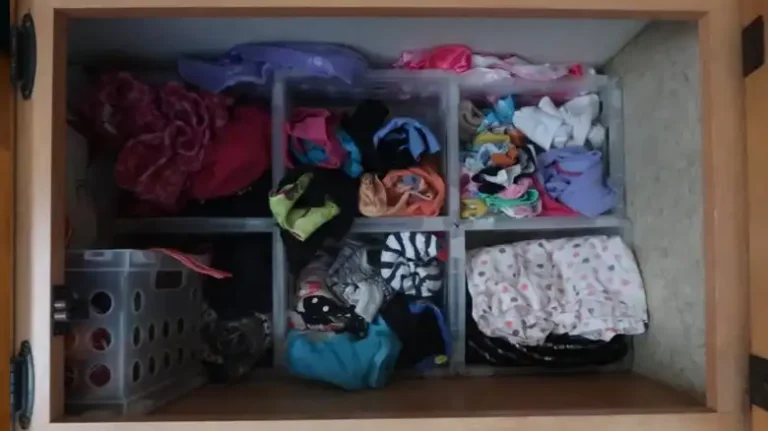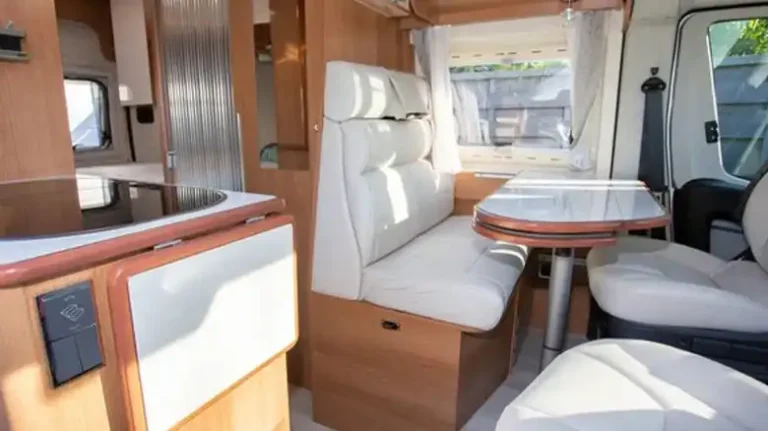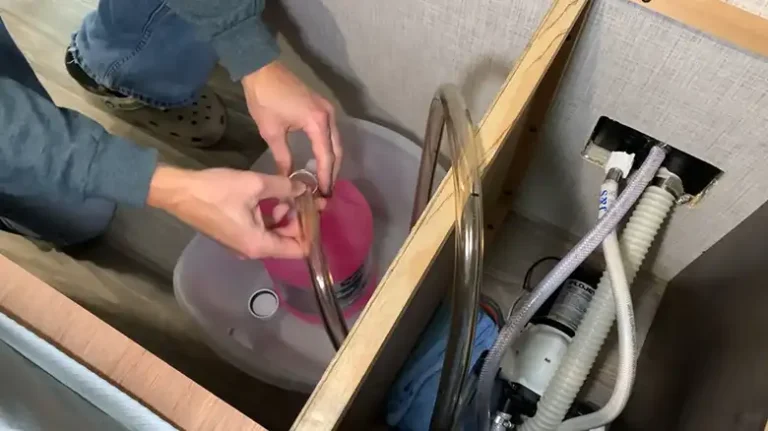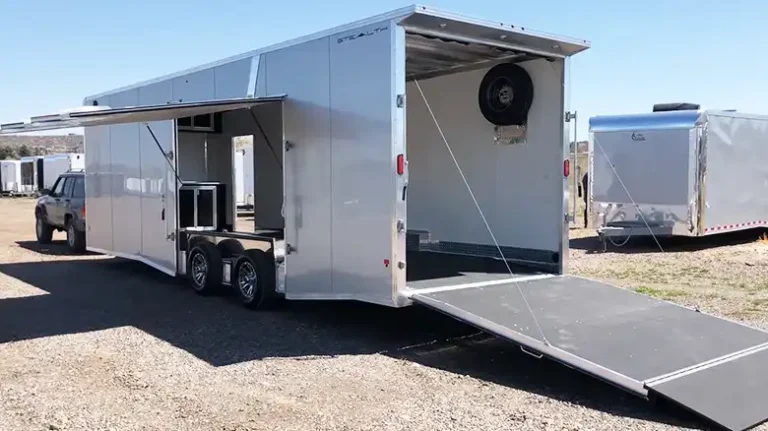Camper Smells Like Sewage | Causes and Solutions to Eliminate the Odor
Sewage odors in an RV or camper can be nauseating, embarrassing, and downright unpleasant. As an RV enthusiast, dealing with nasty smells on vacation is the last thing I want. So what causes a camper or RV to smell like a sewer? And more importantly, how do we tackle this stinky issue?
Few aromas elicit a more visceral response than the whiff of raw sewage – that nostril-burning cocktail of sulfur dioxide, skatole, and putrescine assaulting your senses. So over countless miles, I’ve unwittingly come across every conceivable source and solution for removing RV holding tank odors.
In this guide, I’ll uncover the common culprits behind sewage stenches in campers and motorhomes, provide troubleshooting tips for tracking down the source, as well as proven treatments and preventative measures.
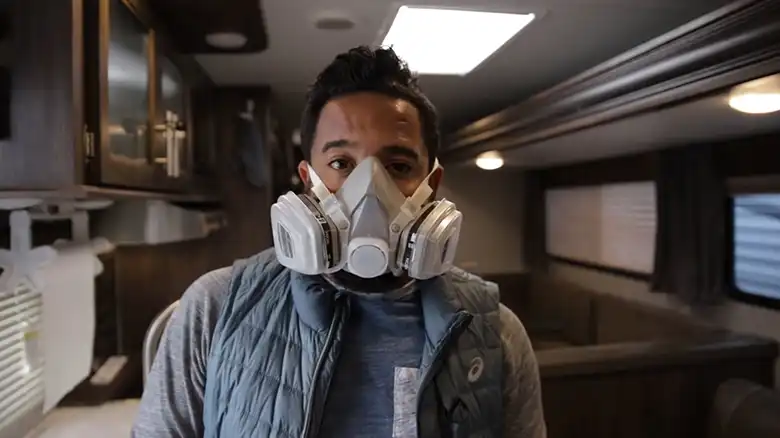
What Causes Sewage Odors in an RV or Camper?
Sewage gases produce some of the worst odors imaginable. From sulfur dioxide to skatole, the chemical compounds responsible elicit a visceral response (and not in a good way). So what causes our beloved recreational vehicles to take on these unpleasant effluent aromas?
- Overflowing Waste Tanks: The #1 offender is overflowing from the black water holding tank. If allowed to back up through fittings and pipes, raw sewage can permeate soft furnishings and carpets, causing ingrained stenches. Grey water tanks can also flood effluent into interior spaces when over capacity.
- Blocked Vents: Plumbing vents provide gases an escape route before they leak inside. If airflow is blocked, pressurized sewer gases look for the path of least resistance. Check rooftop vent caps haven’t gotten clogged after storage or long drives.
- Cracked Pipes or Fittings: Any breaches or loose connections in waste pipework create a portal for whiffs to creep inside your RV. Rubber seals perish over time, so inspect all joints and couplings thoroughly.
- Backflow Through Drains: When stationary, stagnant puddles surrounding drain outlets can push gases back up and into sinks or shower cubicles, contaminating interior air.
- Leaky Black Water Valves: Malfunctioning valves between tanks and pipe outlets lead to leakage and contamination. Have rubber seals and valve operation checked annually.
- Grey Water Recycling Malfunctions: As eco-friendly as grey water systems are, any pump or filter failures quickly see reused sink/shower water causing nasty odors.
- P-Trap Problems: The U-shaped pipes beneath sinks hold water to block gases. But clogs or evaporation allows sewer gases to be released inside.
Steps to Find the Source of Odors in an RV
Pinpointing the origin of a smell is half the battle when dealing with sewage stenches. Let’s explore some handy tips on tracking down odor hotspots:
Step 1: Conduct a Visual Inspection
Methodically check all waste plumbing components and connections for leaks or blockages. Use a flashlight inside enclosed tanks and pipework where possible.
Step 2: Listen for Suspect Sounds
Unusual gurgling noises from drains often indicate drain line issues. Knocking or clanging pipes can mean trapped air and gases.
Step 3: Employ Your Nose
Start outside the RV and slowly work your way inside, tracing aromas to isolate the area. Sewage smells intensify as you close in on the source.
Step 4: Examine Absorbent Materials
Smell soft furnishings like curtains, mattresses, and carpet inwards from the exterior for embedded odors suggesting leakage.
Step 5: Review Gray Water Recycling
If present, check tanks, filters pump, and tubing for correct operation.
Through careful observation and systematic elimination, locating pesky odor sources is attainable for all RV owners.
How to Get Rid of Sewer Smells in an RV Camper
Now for the million-dollar question – how do we eliminate sewage odors from a recreational vehicle? Proven treatments tackle both the source and symptoms for fresh-smelling results:
1. Drain & Flush Waste Tanks
If black or gray tanks are overflowing, immediately drain and flush several times using a sanitation hose. Adding baking soda / enzymatic cleaners disinfect tanks.
2. Unblock Vents & Fix Airflow
Clear debris from exterior vents. Detach any vertical terminating vent pipes during storage to prevent blockages.
3. Seal Pipe & Fitting Leaks
Replace worn seals and fittings. Apply petrolatum paste to minor cracks/holes as a temporary fix and drain waste tanks immediately.
4. Disinfect Affected Areas
Shampoo foul-smelling soft furnishings or carpets using an enzymatic/bio cleaner containing active cultures that destroy organic waste molecules.
5. Install P-Trap Gel Guards
Add waterless jar guards containing low-odor mineral oil to sink P-traps to prevent evaporation and seal sewer gas passageways.
6. Mask Remaining Odors
Position ventilated holding tank deodorizers inside the RV to neutralize stubborn lingering smells chemically. Ozone generators also help oxidize sewage gases.
Tips to Prevent Sewage Odors in an RV
Prevention is the best cure when it comes to maintaining an odor-free recreational vehicle. Here are some top tips to stop smells happening in the first place:
- Inspect waste plumbing seals annually before the trip season
- Use a sewer hose stabilizer when draining tanks to allow complete emptying
- Add bio enzyme treatment monthly during use to break solids
- Install dual-purpose vent filters that prevent blockages plus absorb gases
- Use P-trap waterless guards when leaving the RV unused for periods
- Travel with spare plumbing seals/connectors in case replacements are needed
- Keep exterior sink/shower drains clear of debris to prevent backflow
- Check sink/tub pop-up plugs seal fully when closed to block gases
Key Takeaways
Hopefully, this troubleshooting guide has helped identify why your camper or RV smells like a sewer, and how to freshen it up fast.
To recap, tackle odors by locating the source, stopping leaks or blockages, flushing contaminated tanks/pipes, replacing worn parts, disinfecting affected areas, and using preventers like vent filters and P-trap guards.
Regular inspections and maintenance will keep unpleasant effluent odors firmly out of your home on wheels, leaving you to enjoy carefree trips focused on adventure, not aromas!
Thanks for reading – now let’s hit the open road and make some happy vacation memories! Please leave a comment below if you have any lingering questions.
Commonly Asked Questions
What Should I Do If My RV Holding Tank Is Overflowing?
Immediately drain the tank via the external outlet using a sewer hose. Allow plenty of ventilation when opening caps, and wearing gloves/mask. Flush the tank thoroughly after draining to remove all waste residues.
Why Does My Camper Bathroom Drain Smell Like Sewage?
Water puddles around external drain outlets can push gases back up pipework. Clear debris from drain surrounds, install a sewer collar attachment to pipework to prevent backflow and consider a one-way inline vent as an extra barrier.
How Do I Find And Fix A Gas Leak In My RV?
Slowly trace strong propane smells to the source inside & out, then spray soapy water over valves, connectors, hoses & appliances. Persistent bubbles indicate gas leaks, requiring replacement parts or re-tightened fittings. Turn the gas supply off immediately and ventilate the area until fixed.

